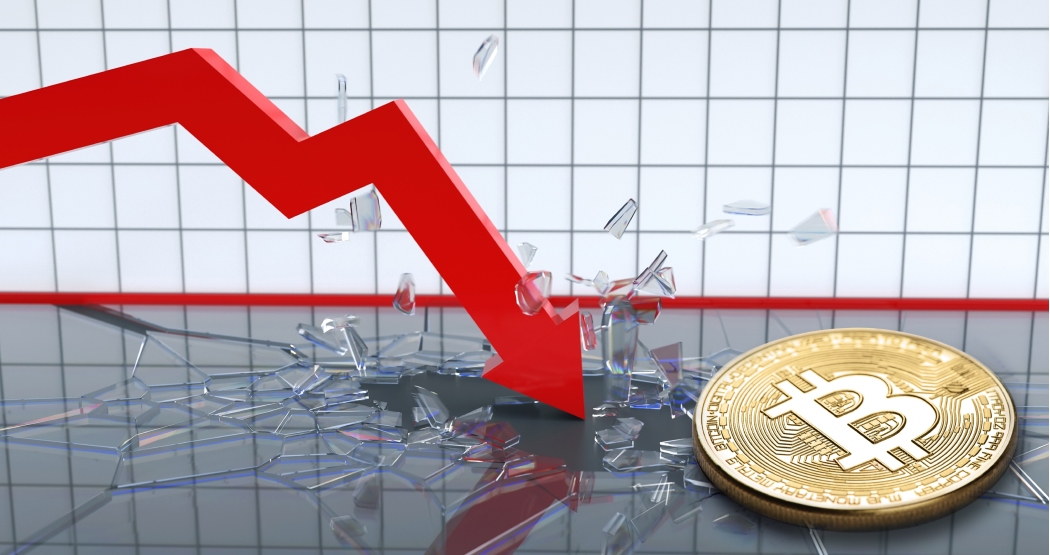Across the world, economic figures are coming in that are shocking investors and many are divesting themselves of perceived high-risk assets such as crypto. Some analysts are saying that today’s panic is similar to that last seen in the March 2020 pandemic crash.
The UK published inflation figures today of 9%, jumping almost 2% from last month, and the Nasdaq index of tech stocks lost as much as 34% by the end of last week.
It can safely be argued that crypto has fared a lot worse. Bitcoin is once more below the $30,000 price level, and the total crypto market cap is down to just over $1.34 trillion – 1.7% down for the day so far.
Fear and greed in the crypto market veered towards panic levels yesterday, as the index recorded an 8, which hasn’t been seen since the Covid crash of March 2020.
However, according to macro expert Raoul Pal, what we are seeing in the crypto market now is in fact very similar to what happened in that Covid crash.
He stated that the pattern the market experienced then is just the same as now and that he is expecting bitcoin to eventually rise in price. Back in 2020 many investors panic-sold on the fear of what might happen in a pandemic, and bitcoin fell 45% in one day.
Nevertheless, it could well be argued that back then, governments reacted with massive stimulus packages that certainly helped to fuel the ensuing bounce back to the upside.
So what is the next move for crypto?
Bitcoin is bottoming on the weekly Relative Strength Indexes, and this only happens once a year roughly for the RSI and twice for the Stochastic. Yes, the indexes could crawl along the bottom for a while but this would normally be for no more than a month or two at most.
Of course, analysts can also paint a very credible scenario where bitcoin goes down to $20,000 and beyond, but the reality is that managing to pinpoint a bottom is practically impossible, even for the best traders.
The difference between $30k and $20k now is not going to make a huge difference when the price goes up to $100k and further in the years to come.
It might be said that Anthony Pompliano says it best:
Disclaimer: This article is provided for informational purposes only. It is not offered or intended to be used as legal, tax, investment, financial, or other advice.
Credit: Source link























